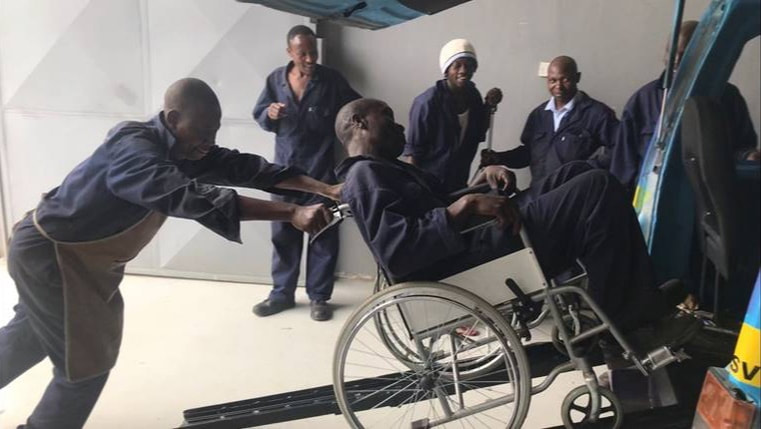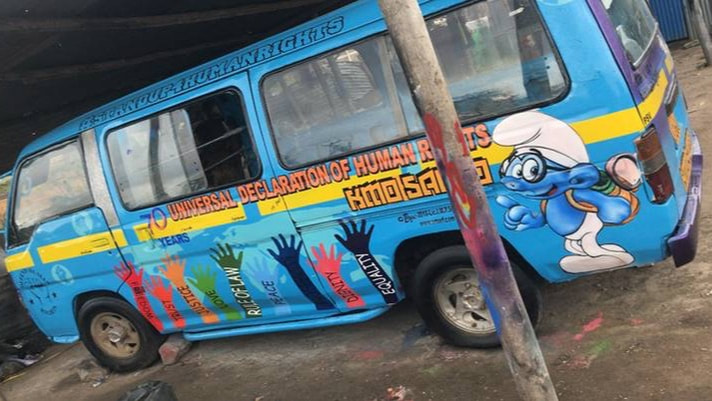Accessible Transport in Dar es Salaam and Nairobi
|
Inclusive mobility brings together leading public, private, inter- and non-governmental actors in the field of urban mobility to explore pathways to ensure all citizens, and especially vulnerable groups, have universal and equitable access to urban transport. UN-Habitat and partners produced a film on accessible and low carbon public transport in Dar es Salaam and Nairobi – which was supported through the Urban Pathways project. This film presents the contrast between the capitals of Tanzania and Kenya, in respect to implementation of an inclusive, low carbon transport system. Whereas the Bus Rapid Transit system in Dar es Salaam caters for specific needs of vulnerable groups, public transport in Nairobi exhibit significant challenges to persons with limited mobility. Ran by commercial entities with limited public infrastructure, the Kenyan ‘matatu’ (minibus) system does not yet sufficiently account for people confronted with mobility difficulties, resulting frequently in long waiting times, physical discomfort and excessive pricing for such commuters. This is aggravated by the lack of strong policy frameworks or incentives for the creation of inclusive public transport infrastructure. UN-Habitat in collaboration with the National Gender and Equality Commission of Kenya therefore implemented a pilot project in Kenya to promote the development of a human rights-based transport system which is inclusive of and accessible to all, including persons with mobility challenges. Bringing together the Ministry for Transport, Infrastructure, Housing and Urban Development (MoTIHUD), the matatu sector organizations, parliamentary committee responsible for transport, public works and housing, the county governments and their transport-coordinating organs, human rights organizations, investors, car manufacturers, regulatory bodies and, importantly, representatives from vulnerable population groups, there is great potential for the establishment of a comprehensive, inclusive urban transport system. This will enhance the quality of life, dignity, independence and productivity of those members of society previously experiencing mobility related discrimination. The project has sensitized the governmental actors in Nairobi, who have committed to adjust some of the transport and road features and services to facilitate persons with limited mobility to enjoy movement in the city. To showcase possible adjustments to the exiting transport system, UN-Habitat has designed a pilot matatu that is accessible to a wheelchair user. The matatu is equipped with a ramp as well as 4 foldable seats that make space for a passenger in a wheelchair on board.
|
|



